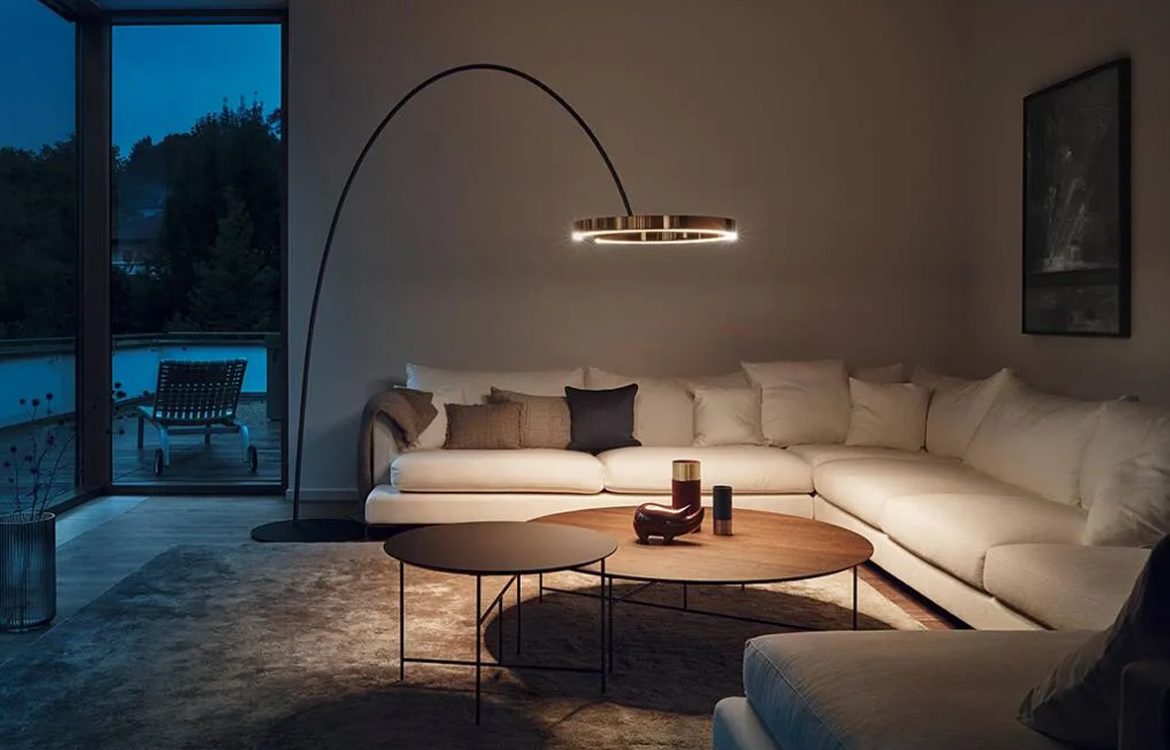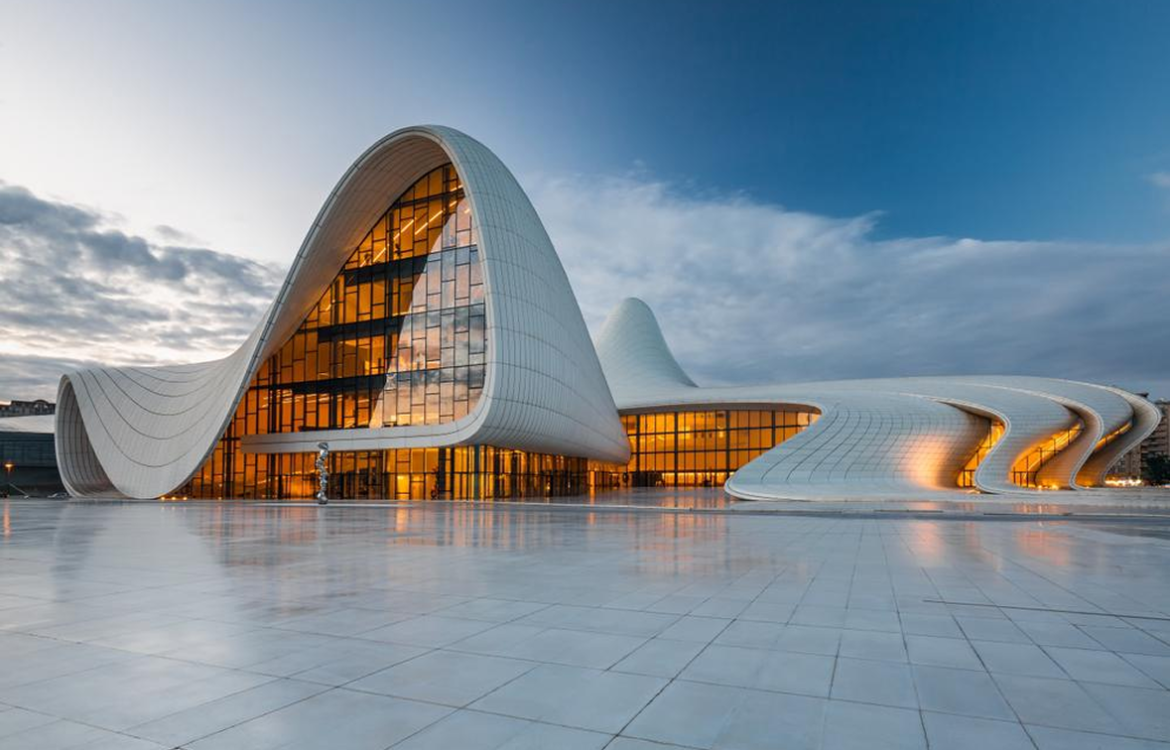In today’s fast-paced and competitive job market, especially across the United Kingdom, building a successful career extends beyond formal education and individual effort. One of the most powerful yet often underutilised resources is professional communities—networks of peers, mentors, and industry leaders united by shared interests and goals. These communities offer invaluable opportunities for learning, collaboration, and visibility, significantly accelerating career development.
What Are Professional Communities?
Professional communities are groups of individuals connected by their profession, industry, or shared career ambitions. They can be formal associations, informal networks, online forums, or local meetups. Examples in the UK include the Chartered Institute of Marketing (CIM), tech hubs like TechUK, creative collectives, and sector-specific LinkedIn groups.
Why Are Professional Communities Important in the UK?
The UK’s diverse economy, spanning finance, technology, creative arts, healthcare, and more, demands continuous upskilling and networking. Professional communities facilitate:
-
Knowledge Sharing: Access to the latest industry trends, best practices, and innovations.
-
Support Systems: Peer encouragement, mentorship, and problem-solving help.
-
Career Opportunities: Job leads, referrals, and collaborations.
-
Professional Credibility: Participation signals commitment and expertise to employers.
How Professional Communities Accelerate Career Growth
1. Access to Expertise and Mentorship
Members gain insights from experienced professionals who can guide career decisions, skill development, and goal setting. In the UK, mentorship programmes within professional bodies like the Institute of Engineering and Technology (IET) are highly valued.
2. Networking and Relationship Building
Communities create environments for meaningful connections beyond transactional contacts. UK events, conferences, and online platforms foster relationships that can lead to partnerships, freelance gigs, or employment.
3. Learning and Development
Workshops, webinars, and discussion forums within communities enable continuous learning crucial in the UK’s rapidly evolving job market. For example, tech meetups in London offer coding bootcamps and emerging technology talks.
4. Increased Visibility and Personal Branding
Active involvement allows members to showcase expertise through speaking engagements, publications, or leadership roles, enhancing their professional reputation across UK industries.
5. Emotional and Professional Support
Navigating career challenges becomes easier with peer encouragement and shared experiences, reducing isolation and burnout.
Examples of Prominent UK Professional Communities
-
The Chartered Institute of Personnel and Development (CIPD): HR professionals gain certifications, networking, and resources.
-
Creative Skillset: Supporting UK media and creative professionals with training and industry connections.
-
Women in Tech UK: Promotes diversity and inclusion while providing mentorship and events.
-
Institute of Directors (IoD): Business leaders network and access governance resources.
The Role of Digital Platforms
Online communities on LinkedIn, Slack, and specialised forums have expanded accessibility, especially post-pandemic. UK professionals can join global groups or region-specific channels to connect anytime.










